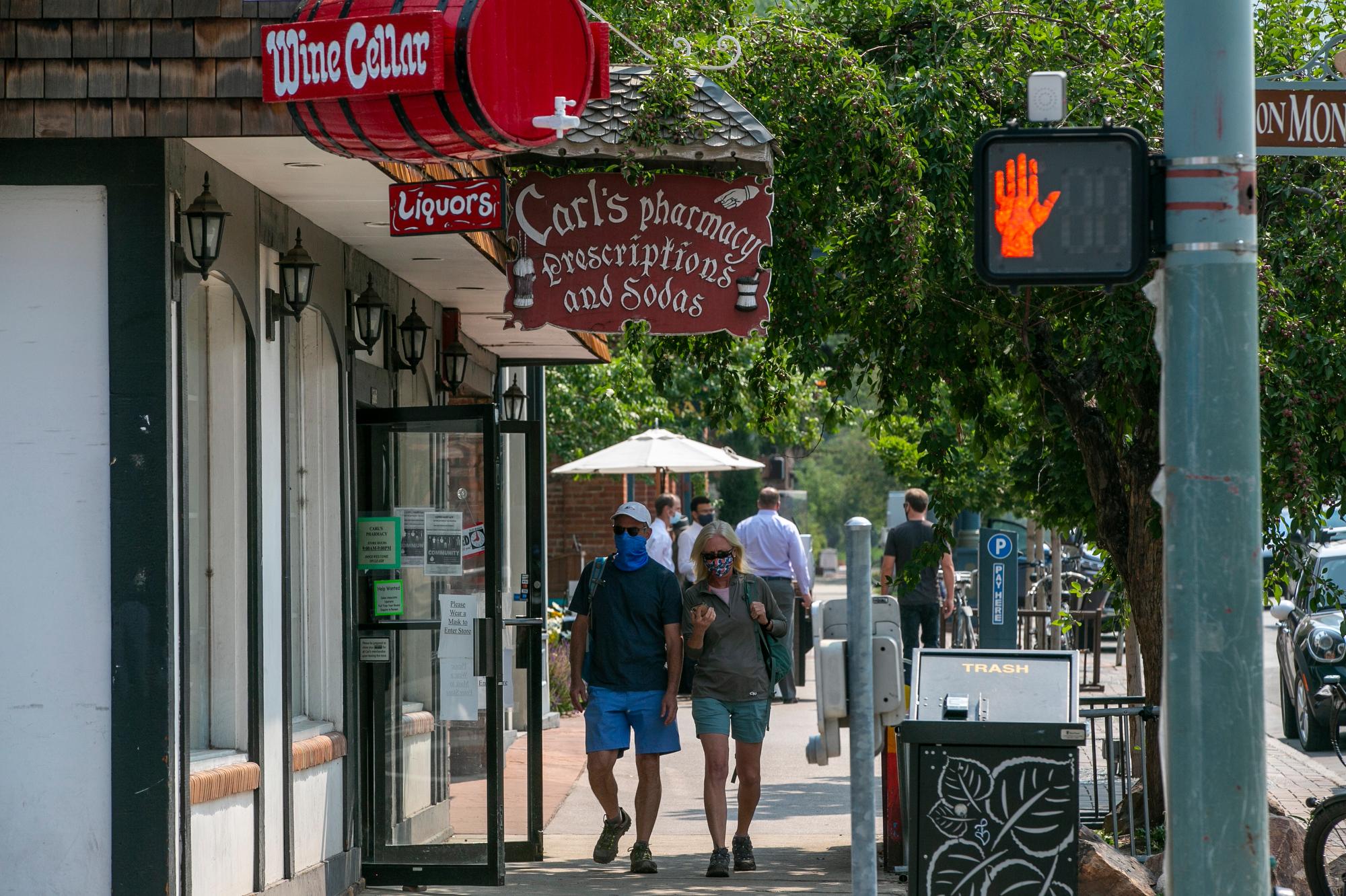
Travelers are starting to make plans for a post-vaccination summer and Colorado resort towns want them to fill hotels in the coming months.
In Aspen and Snowmass, the occupancy rate for the summer is already 29.9 percent, up from just 10 percent at the same time last year, according to a report from data provider Destimetrics. That’s a slight increase from roughly 28 percent at the same point in 2019, the data show.
The area could see record summer visitation, said Jeff Hanle, a spokesperson for Aspen Skiing Company. Travel bookings in the area accelerated in March and April as pandemic restrictions eased, and the trend will likely continue, he said.
“I think people are ready to travel and destinations like Aspen and Snowmass and other mountain destinations — and really any place that is a tourist-driven economy — is going to see a very, very busy summer,” Hanle said.
In Breckenridge, summer occupancy is at 11.7 percent, compared with 14.8 percent at this time in 2019. Lucy Kay, president and CEO of the Breckenridge Tourism Office, said during an update to the town council that despite the lag, booking levels are consistent throughout the summer, indicating longer stays and more out-of-state visitors compared to last year.
The lack of group travel continues to be a drag across resort communities, according to both Kay and Hanle.
Strong visitation during the end of ski season helped balance out weak numbers at the start of winter. In Breckenridge, the occupancy rate from November through April averaged out to 51.3 percent, compared to 56.9 percent in the 2018-19 season, Destimetrics data show.
Aspen fared worse, with a 43.5 percent occupancy rate for winter, compared with roughly 48 percent last year and 62 percent the year before that. The weaker performance is likely due to the area’s heavier reliance on overseas visitation relative to some other Colorado resorts, Hanle said.
The lack of international tourism was felt particularly acutely in January and February, he said, but was alleviated somewhat by an increase in domestic travel in March and April.
- Coronavirus Spelled A Long And Very Uncertain Year For Colorado Businesses Built On Tourism
- Ski Towns Are Absorbing Much Of The Coronavirus Exodus — And It Threatens To Strain Their Health Care Infrastructures
- With Sanitized Boulders And Masked-Up Gondolas, Colorado Ski Resorts Hope To Welcome Back Tourists, Not The Virus








